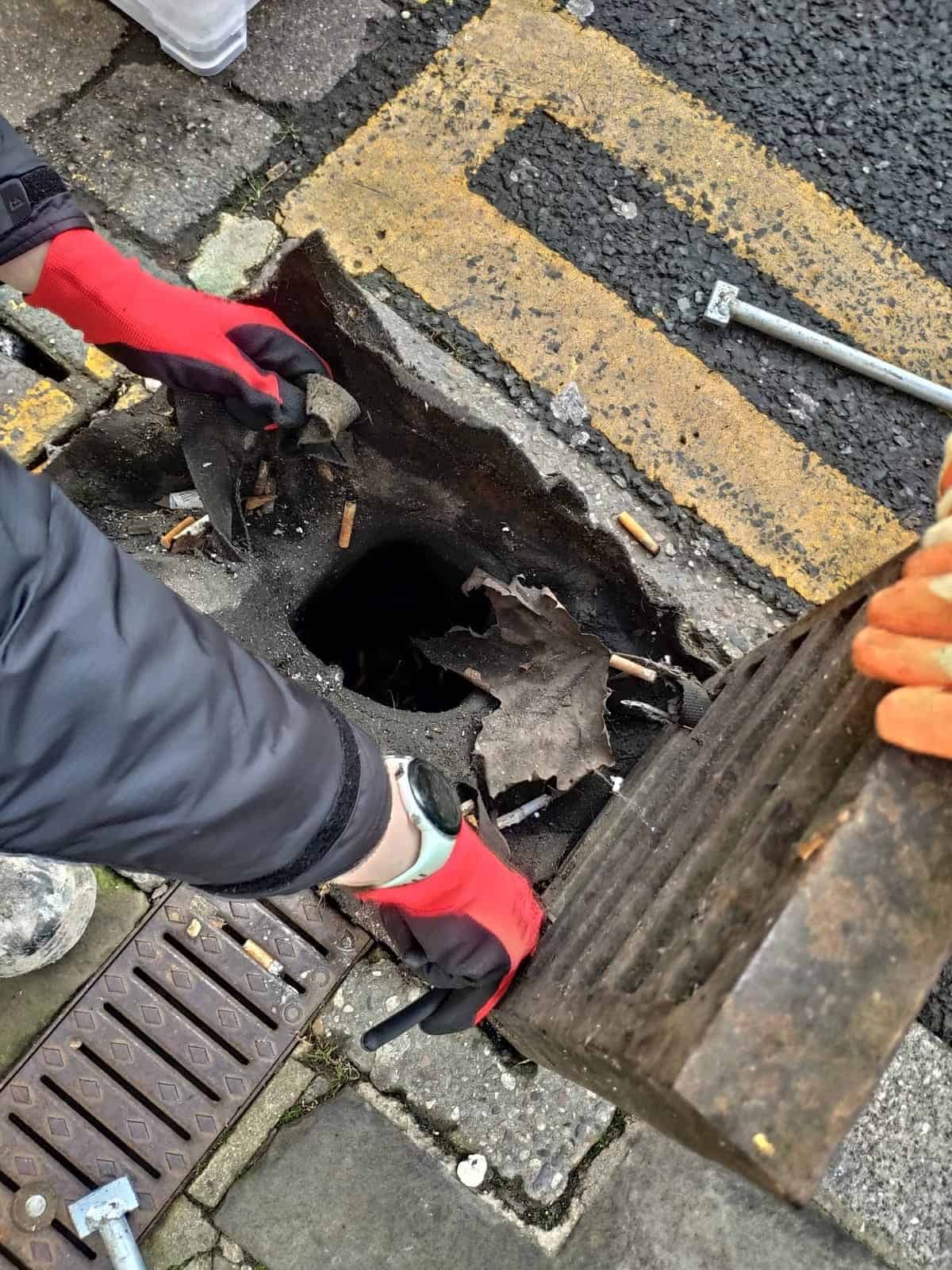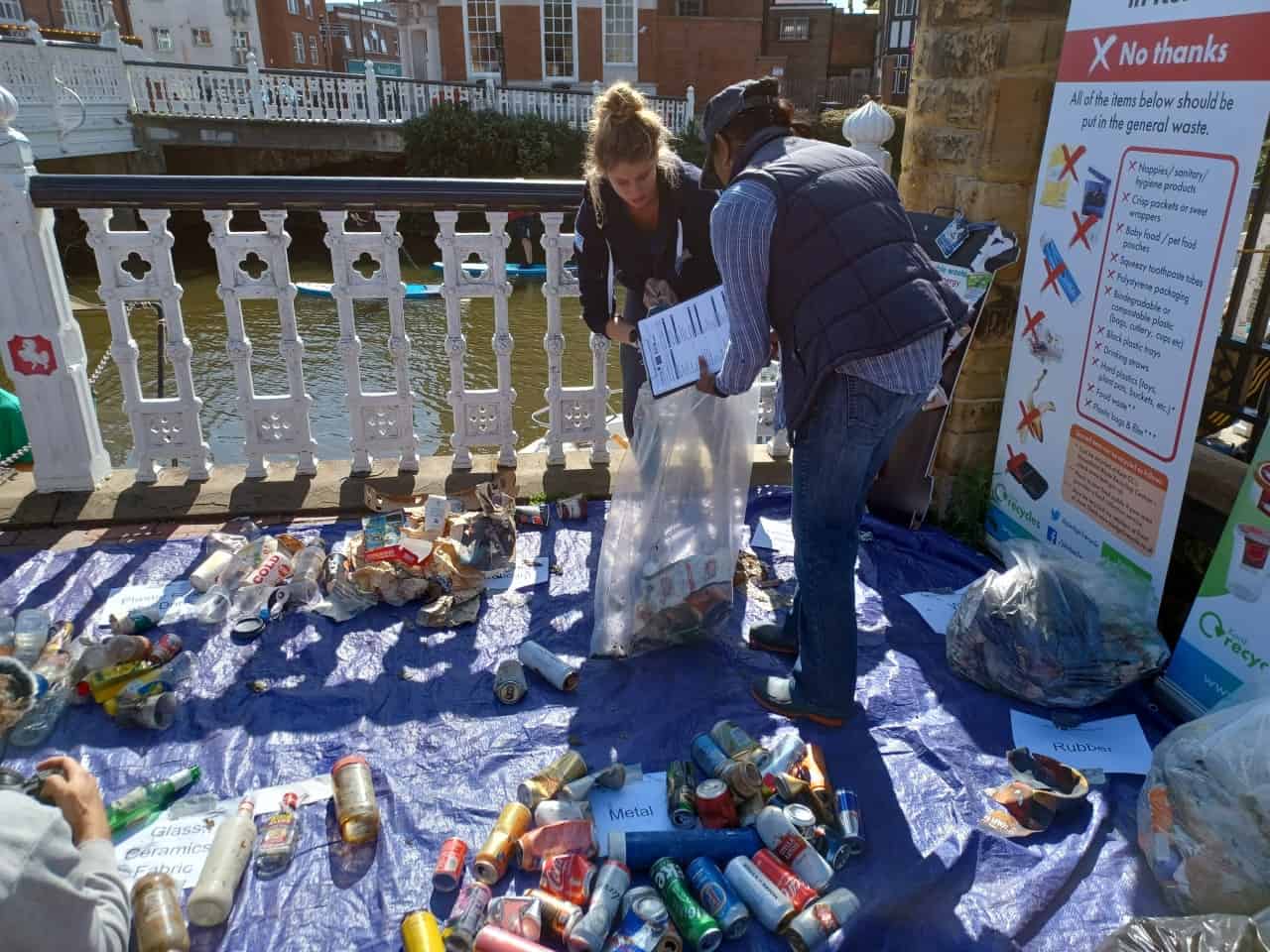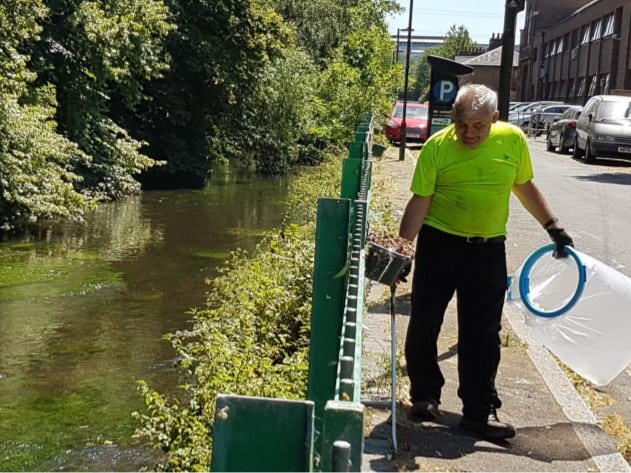As part of our Preventing Plastic Pollution (PPP) project, the South East Rivers Trust carried out a trial by putting guards under drains in public streets, to collect and assess the types of litter that are ending up in rivers. Hannah Dry, our Plastics Project Officer, reports.
Trialing new ways to prevent plastic pollution
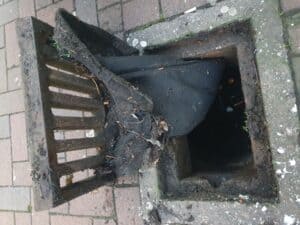
Our work over the past three years for the Preventing Plastic Pollution project has involved many cleanups and litter categorising events, education sessions and workshops and setting up a River Guardians scheme.
These were to make the public aware of the problems caused by plastic in rivers and oceans and to help communities think about how they might reduce their reliance on single-use items, which accounts for 50% of the of the plastic that reaches oceans via rivers.
Another principal aim of PPP, however, was to investigate and trial innovative ways to prevent plastic reaching rivers in the first place.
One way in which we did this on the River Medway, our section of the 18-partner PPP project, was to trial the use of drain guards on public streets. What goes down these public drains goes straight into the river. The idea was to capture litter, to see what types were common and to examine the scheme’s potential – if scaled up – to preventing litter reaching rivers.
We worked in partnership with Kent County Council to put in six drain guards around Maidstone town centre, installing them for a nine-month trial.
The problem with drains
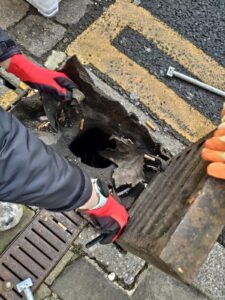
Drainage pipe networks are complex. Ownership is fragmented between different organisations such as local authorities, water companies, internal drainage boards, highways authorities, businesses and private individuals. These bodies only maintain the drain, but the responsibility of preventing pollution sits with no one.
What we do know is that rainwater drainage systems are a source of pollution directly into rivers – and a lot of this pollution is plastic. Once in the river, it is difficult to remove, resulting in immense damage to the environment, organisms and affecting water quality – and finally ending in marine ecosystems.
Last June, we installed drain guards to capture the debris, not just to prevent it reaching the river network but giving us the chance to see what types of litter were common.
The guards – which were nicknamed witches’ hats because of their triangular shape – are made from a geotextile material and designed to sit beneath a drain grill to act as a filter, catching plastic litter and debris that are washed in through runoff.
Monitoring these drain guards every few months, we found that we had to fit new models in three of the drains after four months because of issues with cigarette burn holes. Emptying and categorisation of the litter occurred at every monitoring session throughout the trial. The purpose of the trial was to assess the feasibility and effectiveness of the drain guards in preventing litter getting into the drainage network and to assess their potential to provide a long-term solution for stopping plastic pollution from point source discharge outlets into the Medway.
What we found
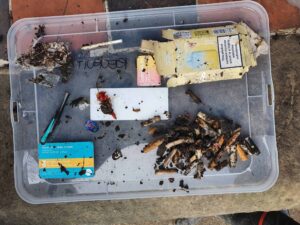
There is no doubt that plastic litter falls into our drainage networks from roads and pedestrian walkways. Plastic was found in every drain guard during every monitoring session. Over the course of the trial, the guards caught and removed more than 774 items.
The locations to trial the drain guards were chosen based on the footfall and on their proximity to amenities such as bar and pubs. That was exactly where we found the highest volume of litter, the biggest number of cigarette butts and bits of rubbish that can be directly linked to the consumer – such as lemon slices, plastic straws, and beer bottle lids.
This gave us the chance to assess the influence of amenities with the volume of litter in the drain as well as giving an opportunity to engage with passers by on site and to use the information later on to engage directly with pub/bar goers and owners.
The most frequent litter type, by far, was cigarette butts (423). Their filters are made from a chemical compound – usually cellulose acetate, a type of synthetic fibre. It takes years to break down.
The next most common item that we found were unidentifiable plastic items (172). These were too small to be categorised or too degraded, having been out in the environment too long. The strangest things we found were half a toothbrush handle and metal magnetic balls.
We also found 74 pieces of used chewing gum. It is common for chewing gum to contain plastic polymers such as polyvinyl acetate, which gives chewing gum its elasticity. Again, this means it will take a very long time to break down.
The items we found in the guards varied drastically between locations. Bottle tops, cigarette butts, straws and were all found in the guards outside pubs, whereas the guards placed on the high street next to shops typically collected items such as receipts and sweet wrappers.
Is there potential for scaling up?
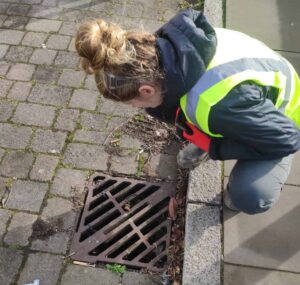
The theory behind installing drain guards is sound – stopping pollutants before they become an issue for river ecosystems. However, the wider use of drain guards still, arguably, addresses the symptom rather than the cause of plastic pollution.
Consistent categorisation of litter during every emptying of drain guards is unrealistic, as it is time consuming and requires multiple people. Therefore, it is likely they would only be used to prevent plastic debris from entering river catchments. Yet this is still a very valuable function and something that we as a society must consider if we are to have any effect on the amount of plastic entering our rivers.
The complex nature of drain ownership and tailoring the size and shape to different sized drains, to ensure litter is collected more reliably, are also challenges that would need to be overcome.
And then there was the glamour factor…
This trial was not a glamorous one. A lot of the time was spent inspecting drains and counting very degraded and contaminated piece of litter that many people would find very disgusting. Not to mention the smell of the drains! Imagine sewers.
Yet it is necessary. Only by counting and categorising what we find down these drains can we then begin to understand the type and scale of the items and begin to think of ways to prevent it getting there in the first place.
There is too much plastic flowing into our rivers. Once it finds its way into a river, it is very difficult to remove. We need all stakeholders to take responsibility for the drainage networks and monitor and stop what is falling into them.
This trial provided data about what is entering the drainage network and how this differs between locations. It has tested different technologies to address this issue and highlighted areas where it could be feasible long term.

